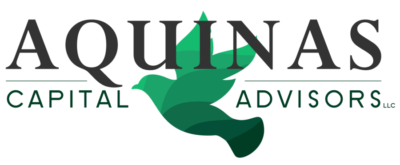A note from Charles Schwab talking all things strategy for a down market in this months article:
It’s understandable for investors to feel uneasy when the market goes on a wild ride. Butit’s important that you don’t let it derail your trading plan or your long-term investing goals. Remember that in the grand scheme of things, pullbacks, corrections, and bear markets are a normal part of long-term investing. Here are 5 tips to help keep you on track.
1. Stick to your trade plan
Sticking to your plan with unwavering discipline—especially in volatile markets—will help prevent your emotions from getting in the way. (If you don’t already have a plan, here are 5 tips to help you create one.)
If your emotions are getting in the way, now is the time to consider the cause and adjust your level of risk accordingly. Are the market gyrations taking a psychological toll? Will you still be able to meet your investment objectives if your portfolio falls in the short term? Remember, it’s better to scale back on risk than to potentially jeopardize your long-term goals.
As you put your plan in place, set realistic profit and loss thresholds and act on them when the stock price moves outside of these bounds. Don’t expect to outperform the broader market each year, even professionals rarely do that.
2. Know your order types
Limit orders are more prudent than market orders in volatile markets. They allow you to specify the maximum price you’re willing to pay or set the minimum price you’re willing to accept. Be aware that while a limit order allows you to specify a price, there is no guarantee of an execution, even if the market moves and reaches your limit price.
To help protect unrealized gains or limit your potential losses during market hours, consider using stop, stop/limit, trailing stop and bracket orders. You’ll need to decide how many points or what percentage below the stock price to place these types of orders. Many traders have a standard policy based on their personal risk tolerance—such as 5% or 10%.
Regardless of which trading methodology you use, be careful not to place the stop price too close to the current price, or daily price fluctuations might trigger an execution. Keep in mind, too, that all stop and protective order types have limitations. For instance, once an order is activated, it becomes a market order (which could fill at an unfavorable price) or a limit order (which may not fill at all). In a rapidly falling market, or a market that gaps in price overnight, there is no guarantee that the limit order will execute, or, for a stop order, that the execution price will be the same as the stop price.
3. Trade smaller positions
Consider scaling in and out of positions by buying the stock in increments as its price fluctuates, or selling in increments when you think it may be getting close to a top. When properly managed, scaling in and out can reduce your overall cost basis and prevent you from owning too much of a position that is moving against you.
4. Take some profits off the table
If you own positions that have increased substantially in value, selling some of your shares might protect some of your gains. Plus, you still have the potential for further upside on your remaining position. To adapt during times of volatility, a larger cash allocation is often prudent. By taking partial profits on some of your appreciated positions and leaving those proceeds in cash, you can help protect those profits and lower your overall risk.
5. When in doubt, wait it out
Just as markets can’t go up forever, they also can’t go down forever. Periods of heightened volatility come and go, and, more often than not, are short-lived. If you don’t have a good feeling for where the markets might be heading, sometimes just sitting it out isn’t such a bad idea.
Bottom line
Recent market moves—both up and down—can be unsettling. On the one hand, you know there are opportunities out there. On the other hand, the markets can be punishing if your investing or trading strategy proves wrong or ill timed.
But if you follow these tips, you can be in a good position to keep your trading plan on track.

